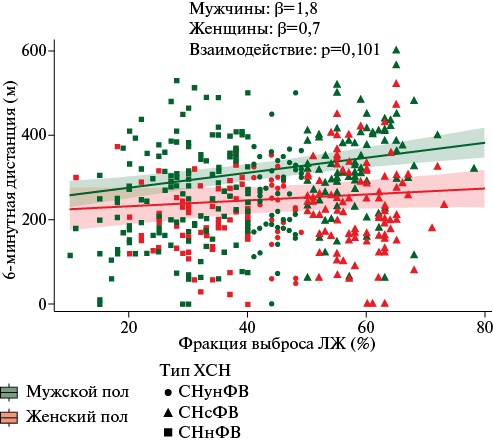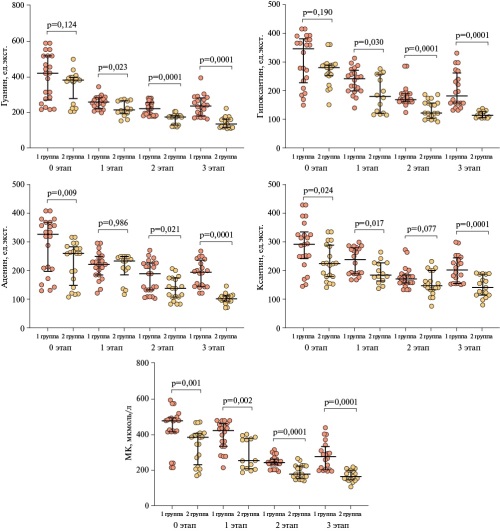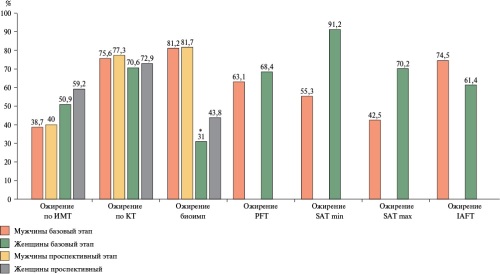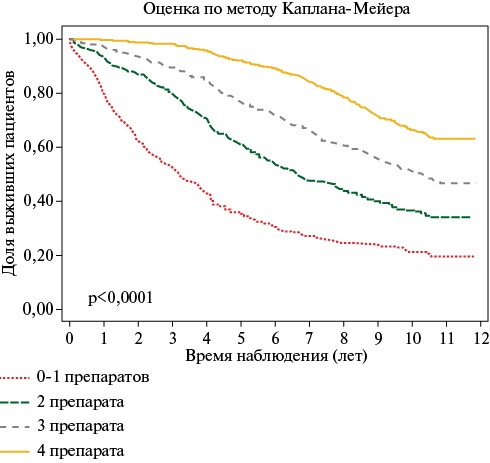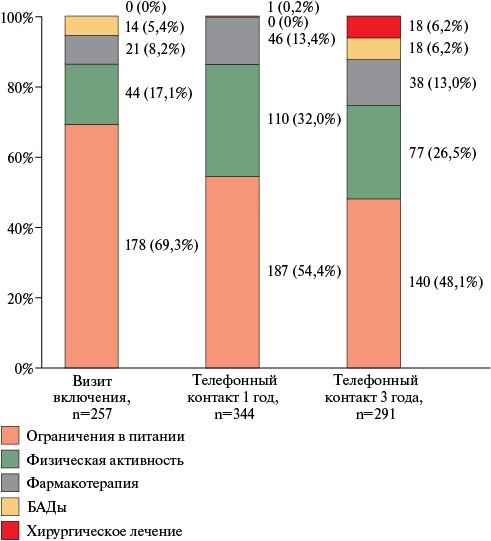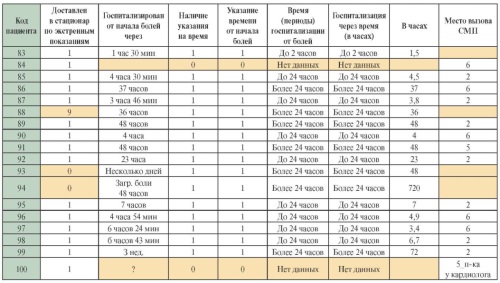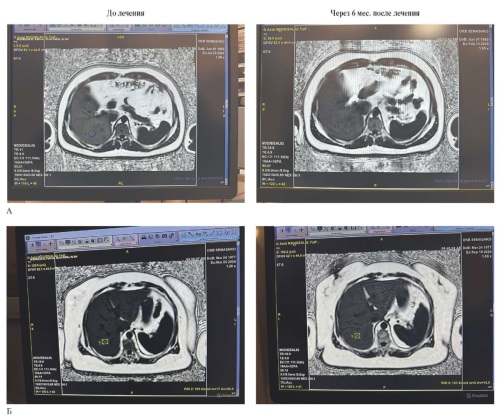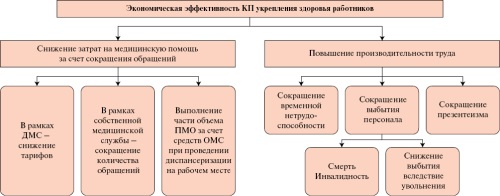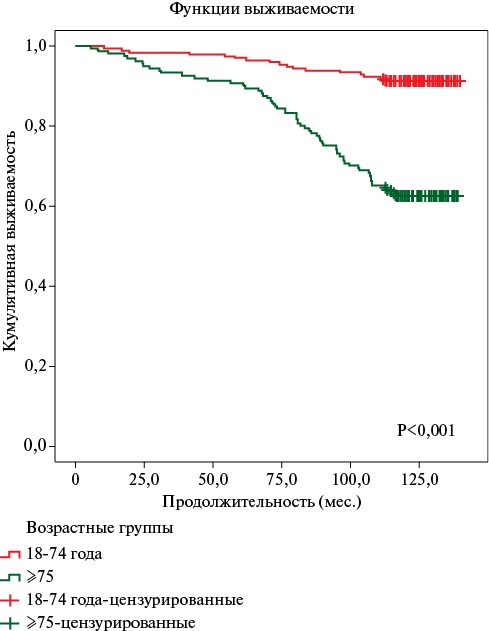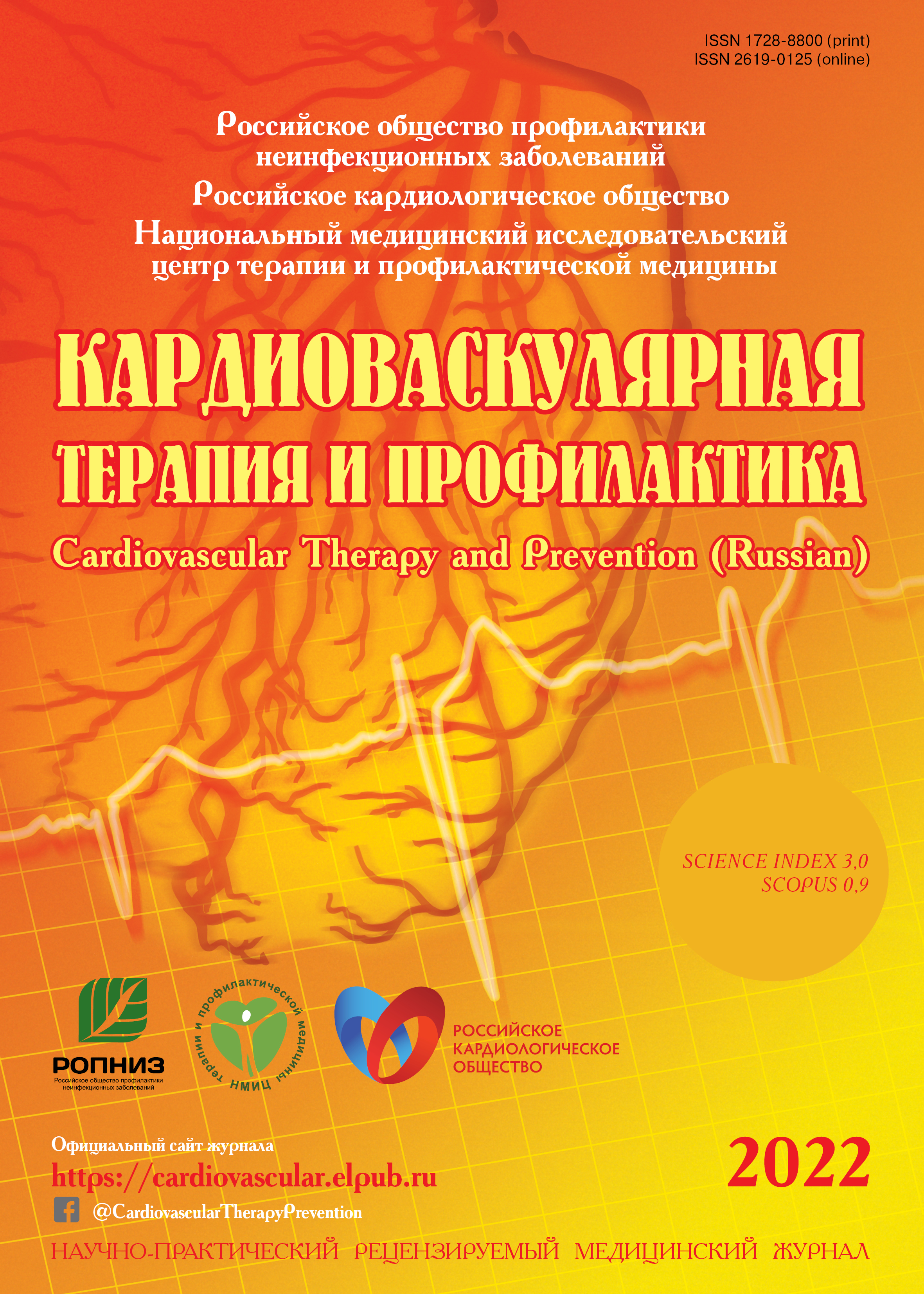
Cardiovascular Therapy and Prevention is a national, Russian language (with content and abstracts in English), peer-reviewed journal, with multistage editing, dealing with Cardiovascular Medicine. Editor-in-Chief – Academician of the Russian Academy of Sciences, MD, Prof. Oxana M. Drapkina.
Since 2021, it is an official journal of the Russian Society for the Prevention of Noncommunicable Diseases. It is included in the list of journals published with the support of the Russian Society of Cardiology and the Russian Academy of Sciences. Is published since 2002.
The aim of the Journal is both scientific and practical, also with referring to organizing matters of the Society. The best of all cardiological research in Russia is submitted to Journal. Editorial board is presented by the leading cardiologists from different cities of Russia. It includes research and review articles, clinical lectures, case reports, and other information interesting for both clinicians and researchers.
The Journal aims to ensure that its publications fulfill the requirements of international publishing standards, such as the Uniform Requirements for Manuscripts Submitted to Biomedical Journals: Writing and Editing for Biomedical Publication, by the International Committee of Medical Journal Editors, ICMJE, and the recommendations by the Committee on Publication Ethics, COPE. All clinical trials should be performed and described in full accordance with the CONSORT standards.
Journal is recommended by The Russian Highest Certifying Commission for publication of the results of Thesis for Philosophy's and Doctor's degree.
Included in Russian SCIENCE INDEX (RSCI), Scopus, DOAJ.
3.1.1. X-ray endovascular surgery (medical sciences), 3.1.18. Internal Diseases (medical sciences), 3.1.20. Cardiology (biological sciences), 3.1.20. Cardiology (medical sciences), 3.1.25. Radiation diagnostics (medical sciences), 3.1.33. Restorative medicine, sports medicine, physical therapy, balneology and physiotherapy (biological sciences), 3.1.33. Restorative medicine, sports medicine, physical therapy, balneology and physiotherapy (medical sciences), 3.2.3. Public health, organization and sociology of healthcare, medical and social expertise (medical sciences),
Additional issues of "Professional Education":
5.8.2. Theory and methodology of education and upbringing (by fields and levels of education) (pedagogical sciences), 5.8.7. Methodology and technology of professional education (pedagogical sciences).
Full-text versions of all issues are available on the website of the Scientific Electronic Library — www.elibrary.ru, website — https://cardiovascular.elpub.ru/.
Rules for authors: https://cardiovascular.elpub.ru/jour/about/submissions#authorGuidelines
Subscription to the journal: http://roscardio.ru/ru/subscription.html
ISSN: 1728-8800, A4 format, volume of 104 pages, 12 issues per year, circulation: 5 000 copies.
Russian SCIENCE INDEX (RCI) (2023) 9,535
Scopus 2023 1,7 (Q3, 44 procentile, Cardiovascular Medicine, Education)
Included in DOAJ.
Current issue
RISK FACTORS FOR CARDIOVASCULAR DISEASES
КАРДИОРЕАБИЛИТАЦИЯ
COMORBIDITY
STUDIES AND REGISTERS
CLINIC AND PHARMACOTHERAPY
REVIEW ARTICLES
Announcements
2025-11-28
Важная информация для отчетности до конца 2025 года
Уважаемые коллеги, номер 10-2025 подписан в печать и будет выложен на сайт через неделю.
Номер 11-2025 (Биобанкирование) - на макетировании.
Размещаем выходные данные публикаций в журнале до конца 2025 года
2025-09-16
Единый государственный перечень научных изданий (ЕГПНИ) – «Белый список»
Журнал «Кардиоваскулярная терапия и профилактика» вошел в Единый государственный перечень научных изданий (ЕГПНИ) – «Белый список». Ему присвоен 1-й уровень. Это важное достижение, которое подтверждает качество и значимость издания в научном сообществе
2025-09-05
Публикации до конца 2025 года
Уважаемые авторы журнала «Кардиоваскулярная терапия и профилактика»,
до конца этого года все текущие номера укомплектованы. Увеличение объема номера: обеспечение рецензирования, редактирование и проверка макета сверх установленного объема является дополнительной нагрузкой на сотрудников редакции, поэтому это оплачиваемая услуга.
2025-08-29
Обработка персональных данных
С 1 сентября 2025 года вступают в силу поправки в ч. 1 ст. 9 Закона № 152-ФЗ, которыми вводится новое требование к согласию на обработку персональных данных. Согласие должно быть оформлено отдельно от информационных и (или) иных документов, которые подписывает субъект персональных данных (Федеральный закон от 24 июня 2025 года №156-ФЗ).
2025-06-02
Уточнения в «Правила для авторов» в отношении рисунков
Уважаемые авторы!
Журнал вносит уточнения в «Правила для авторов» в отношение рисунков, которые предоставляются при подаче статьи для рассмотрения к публикации.
| More Announcements... |




